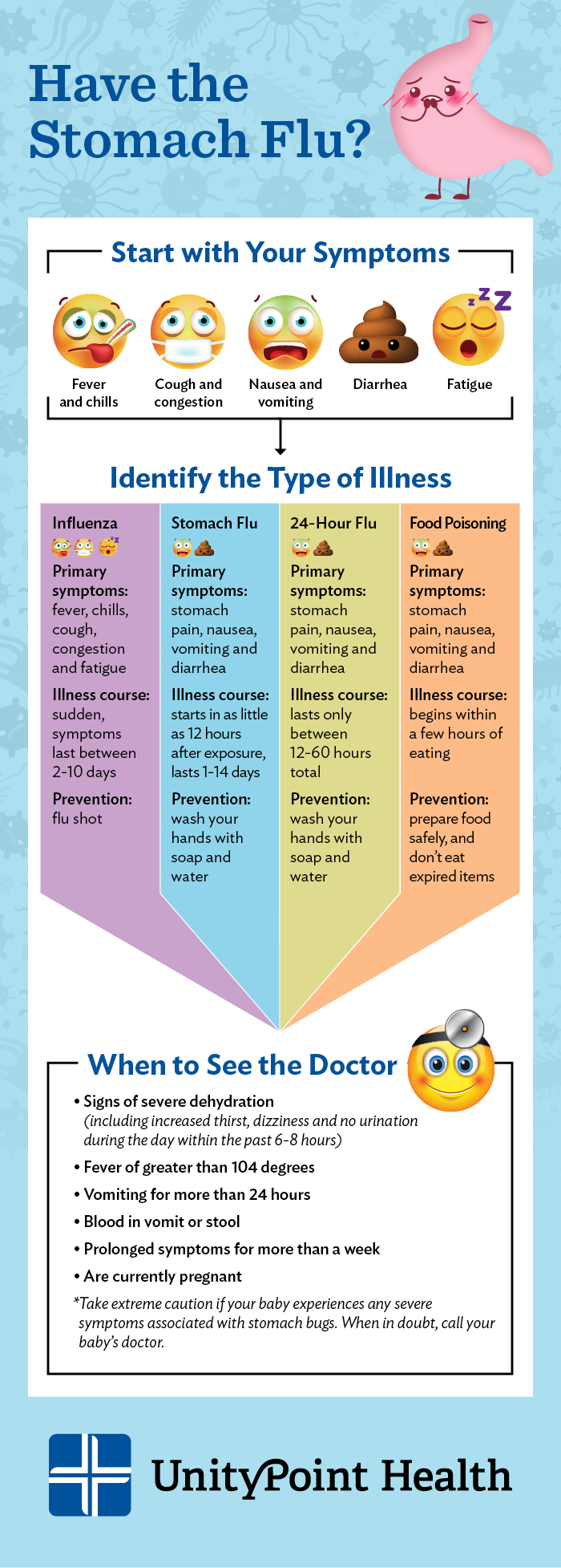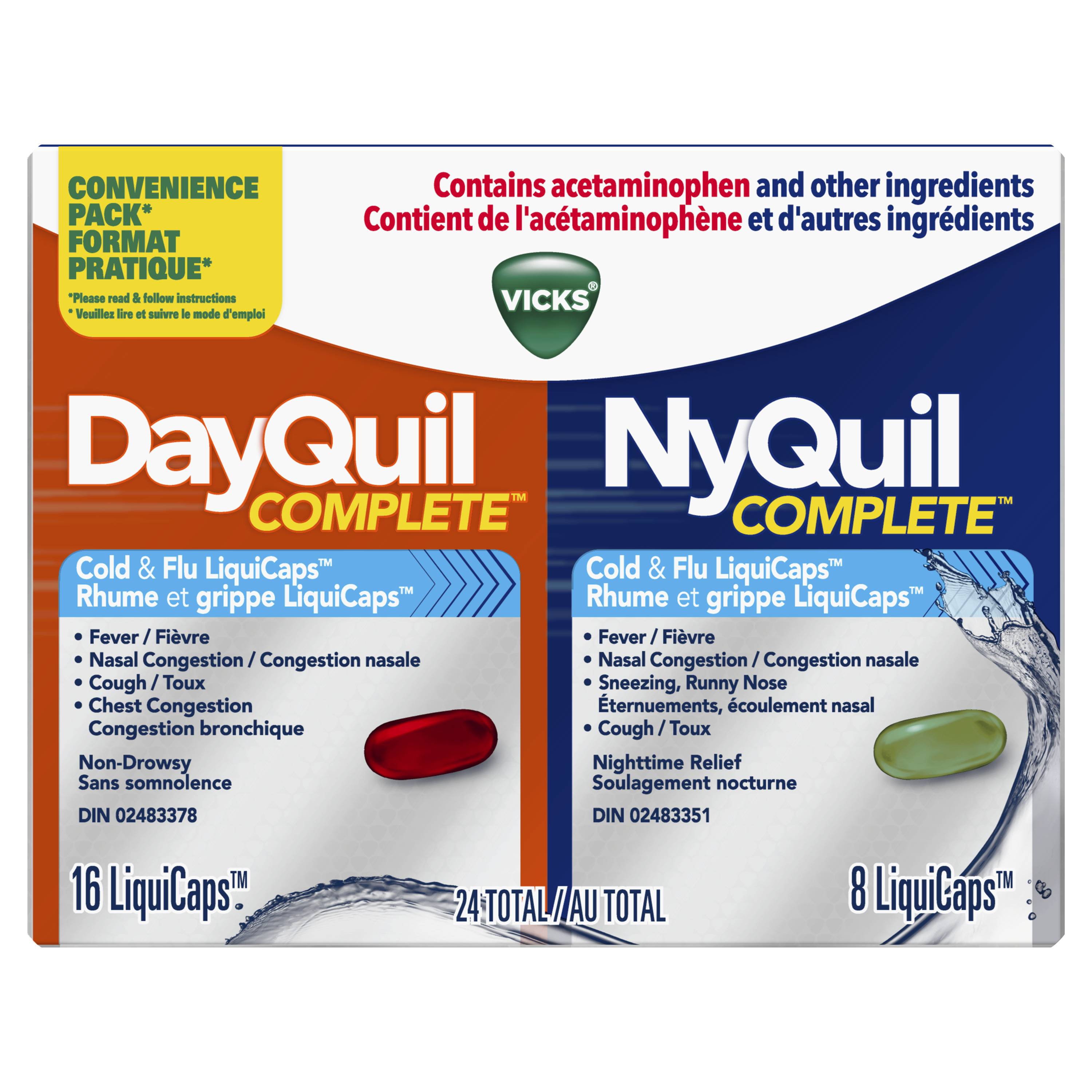
There are many options for cold and flu remedies that kids can use. Home remedies for stuffy nose can include gargling with salt water, Nasal saline drops, Vitamin C, and avoiding cigarette smoke. If the symptoms don't go away after three days, a visit to the doctor may be necessary. A child's lifestyle can play a role in triggering symptoms such as a cold or flu.
Home remedies for a stuffy nostril
Consider home remedies for children with stuffy noses if you have a child. You can give your child an over-the–counter cough medicine but this is not recommended for young children. The dryness of their nasal passages could worsen the problem. Encourage your child to drink lots of water to maintain nasal tissue moisture. You can make 100% fruit popsicles at home or buy them at the grocery store. Your child may enjoy these more than water, so you should be sure to avoid products with caffeine.
Gargling using salt water
Gargling with salt water has been practiced for centuries. An analysis of 400 people revealed that salt water gargling resulted in 40% fewer upper respiratory tract infections. Gargling with saline removes fluid from the inflamed throat tissues. This loosens mucus, and flushes other irritants. Gargling with salt water is recommended by the Mayo Clinic and should be done for about three seconds.

Nasal saline drops
Children with common cold or respiratory infections may feel congestion in their noses. Congestion can be relieved by using nasal saline drops and sprays. These remedies can ease congestion by thinning the mucus and decreasing swelling. They do not contain any drugs and are recommended by pediatricians to be used for infants or children. You can learn more about how to apply these drops onto your child's nostrils.
Vitamin C
While vitamin C has long been touted as a good cure for the common cold, there is currently little evidence to support its use as a therapeutic treatment. While a prophylactic dose of vitamin C, as a preventive measure, might be effective in reducing cold symptoms, the benefits for children are not clear. To determine the best dose and time to supplement, more research is required. The benefits of prophylactic Vitamin C are greater than those experienced with therapeutic doses.
Echinacea
Echinacea is a great choice for parents looking for natural flu and cold remedies for their children. Coneflower, also known by its perennial flowering form, has brightly coloured petals that surround a spiky seeds head. This can be either purple or red. There are many varieties of Echinacea. Their medicinal properties can differ. This herb contains a complex mix of active compounds, including the phenols that control enzymes as well as cell receptors.

FAQ
Why is it important that we live a healthy and happy life?
A healthy lifestyle will help us live longer and happier lives. Regular exercise, healthy eating habits, healthy sleep habits and stress management can all help prevent strokes, heart disease, diabetes, and cancer.
A healthy lifestyle helps us cope better when we are faced with everyday stresses. A healthy lifestyle can also help you feel and look younger.
What are 7 tips for a healthy and happy life?
-
You should eat right
-
Exercise regularly
-
Sleep well
-
Get plenty of water.
-
Get enough rest
-
Be happy
-
Smile often.
What can I do to lower my blood pressure?
First, you must determine what is causing high blood pressure. Next, take steps that will reduce the risk. This could mean eating less salt, losing some weight, taking medication, and so on.
You also need to make sure you are getting enough exercise. Walking can be a good alternative to regular exercise if time is tight.
Consider joining a gym if your current exercise regimen is not satisfying you. You'll probably want to join a gym where there are other people who share your goals. It's easier for you to exercise if you know that someone will be watching you at the club.
Statistics
- The Dietary Guidelines for Americans recommend keeping added sugar intake below 10% of your daily calorie intake, while the World Health Organization recommends slashing added sugars to 5% or less of your daily calories for optimal health (59Trusted (healthline.com)
- This article received 11 testimonials and 86% of readers who voted found it helpful, earning it our reader-approved status. (wikihow.com)
- According to the 2020 Dietary Guidelines for Americans, a balanced diet high in fruits and vegetables, lean protein, low-fat dairy and whole grains is needed for optimal energy. (mayoclinichealthsystem.org)
- WHO recommends reducing saturated fats to less than 10% of total energy intake; reducing trans-fats to less than 1% of total energy intake; and replacing both saturated fats and trans-fats to unsaturated fats. (who.int)
External Links
How To
What does "vitamin" actually mean?
Vitamins can be described as organic compounds found in food. Vitamins allow us to absorb nutrients from food. The body cannot make vitamins; therefore, they must be obtained from food.
There are two types: water-soluble and fat-soluble vitamins. Water-soluble vitamins dissolve quickly in water. These include vitamin C (thiamine), Vitamin B1 (riboflavin), Vitamin B2 (riboflavin), Vitamin B3 (niacin), Vitamin B6 (pyridoxine), Vitamin C, B1 (thiamine), Vitamin B2 (riboflavin), Vitamin B3 (niacin), and Vitamin B6 (pyridoxine). The liver and fatty tissues are home to fat-soluble vitamins. Vitamin D, E, K and A are some examples.
Vitamins are classified according their biological activity. There are eight major groups of vitamins:
-
A – Essential for normal growth, and the maintenance of good health.
-
C – essential for proper nerve function.
-
D - essential for healthy bones, teeth, and gums.
-
E - needed for good vision and reproduction.
-
K - Required for healthy nerves and muscles.
-
P - essential for strong bones, teeth and tendons
-
Q - aids digestion, absorption and absorption iron
-
R - necessary for making red blood cells.
The recommended daily allowance for vitamins (RDA) varies based on gender, age, and physical conditions. RDA values are set by the U.S. Food and Drug Administration (FDA).
For example, the RDA for vitamin A is 400 micrograms per dayfor adults 19 years or older. Pregnant mothers need 600 micrograms per days because it is vital for the development and growth of their baby. Children ages 1-8 require 900 micrograms per day. Infants under one year of age require 700 micrograms per day, but this amount decreases to 500 micrograms per day between 9 months and 12 months of age.
Children between the ages 1--18 years old who are overweight or obese require 800 micrograms per Day, while those who are overweight or obese need 1000 micrograms. To meet their nutritional needs, children underweight and obese require 1200 micrograms a day.
Children 4-8 years old who have anemia must consume 2200 micrograms of Vitamin C daily.
2000 micrograms are required daily for good health in adults over 50. Mothers who are pregnant, nursing, or have a high nutrient need will require 3000 micrograms a day.
Adults over 70 years of age need 1500 micrograms per day since they lose about 10% of their muscle mass each decade.
Women who are pregnant, nursing or breastfeeding need more than the RDA. Pregnant mothers need 4000 micrograms per daily during pregnancy and 2500 after giving birth. Breastfeeding mothers require 5000 micrograms daily when breast milk production is occurring.